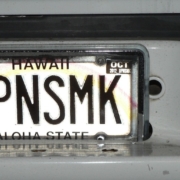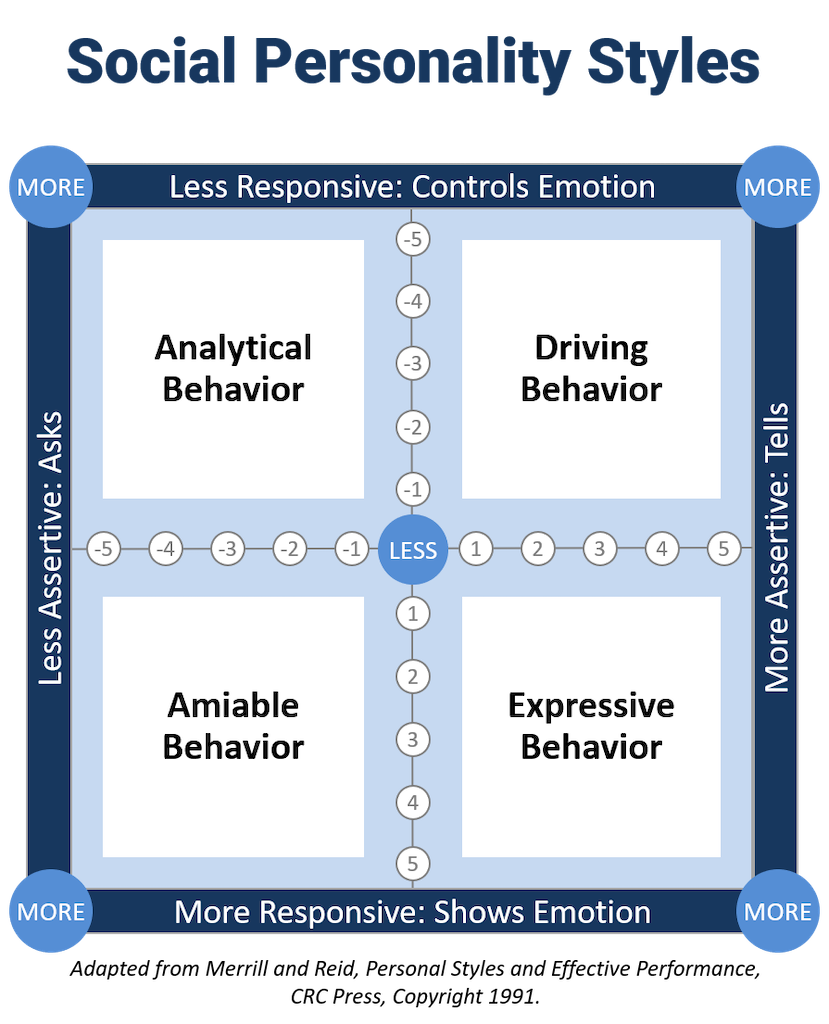As my wife, Amy, and I stood at the gate waiting to board a recent flight to Dallas, a 30-something traveler pulled up alongside of us and set down a guitar case as if placing the Ark of the Covenant at my feet.
I recognized it immediately: an original circa-1950s Fender tweed guitar case.
Very rare. And drop. Dead. Gorgeous.
For me, traveling usually is a military exercise. I get in, up and on. I’m not chatting with anybody. I’m not there for the social scene. I’m getting to my destination with the least amount of human interaction as possible. But being a guitar player myself, seeing this case was irresistible.
“I have to ask,” I good-naturedly inquired. “What’s in the case?”
He grinned slyly. “A 1957 Stratocaster.”
I knew whatever was in that case was going to be cool, but not that cool.
“Wow, now that is an incredible instrument,” I said. He quickly nodded his agreement.
“You look a little young to have bought it new,” I continued. “May I ask, how long have you owned it?”
“About 45 minutes,” he gushed. “I flew in this morning. It’s pristine and never been played. A father bought it new for his son in 1957. His son was tragically killed in a car accident before he could give it to him. It’s been in a closet ever since.”
I introduced myself properly and we set about talking guitars.
As we walked down the jetway together — me following Amy, him guarding his newly acquired treasure — we continued our exchange. “I hope this isn’t rude,” I continued. “But I’m dying to know: What’s a guitar like that worth?”
“In this condition, it might be worth as much as $40,000.”
My wife Amy puts up with all kinds of crazy purchases by me. But I imagine that even my agreeable wife might pause at my suggesting the acquisition of a $40K guitar.
As we stood in line to step on the plane, I continued my investigation.
“May I ask another question, are you married?”
“Yes,” he replied cautiously to this conversational shift.
“How in tarnation did you get your wife to say yes to you buying a $40,000 guitar?”
He grinned. “I see you’ve got a Harley-Davidson briefcase.”
“Yes,” I replied, lifting it slightly in recognition, as I came to the realization that I wasn’t the only one making observations.
“My wife knows I have a lifelong dream of owning two things: a vintage guitar and a Harley-Davidson motorcycle. Last week I told her I was leaning toward the Harley.”
“What did she say?”
He beamed. “Get the guitar.”
Rejection-then-retreat
Although my Harley-Davidson friends won’t be happy this prospect went the other way, this situation is incredibly instructive. Whether he was conscious of it or not, what my Stratocaster-toting acquaintance used was an approach known in the persuasion realm as rejection-then-retreat.
If you have multiple options to present to a buyer — one more expensive than the other (either in money, time or as in the above example, risk) — always offer your most expensive option first. This way, if your prospect says no, you can default in that moment to your next option, which dramatically increases the likelihood he or she will say yes to your next.
Why? Noted sociologist Robert Cialdini sometimes calls this concessional reciprocity. He says that when you decline someone’s offer and that person comes back with a smaller, less extreme offer, you want to say yes to reciprocate for the concession made to you by accepting your original no.
This certainly is not the shopworn negotiation tactic of artificially inflating your first offer. Nor is it some sort of bait-and-switch tactic. Your offers and your intentions must be true and legitimate for this to be effective. Here’s how to keep things real:
Step 1: Present your most expensive or extensive offer first and gauge your buyer’s interest (“What do you think?”). If the buyer takes you up on it, great! That’s sprinkles on the cupcake for you.
Step 2: If the buyer doesn’t bite yet, present your next option and gauge again. Now, you’ve dramatically increased the likelihood that he or she will say yes to this second option. This offer must be extended immediately; you can’t come back with it at another time, or it will seem like a new and separate offer.
The rule of thumb is this: Retreat within your offer, you win. Retreat away, you lose.
Had my guitar-buying friend made his decision about buying the motorcycle a few months ago, and later presented the idea of the guitar, those would have been considered two separate offers. But because they were being considered together (both being an equally desirable option), the less risky option — the guitar — was the one that won out with his wife.
There is almost always more than one solution to a problem. Be prepared with multiple offers to increase your odds of hearing “yes.”












